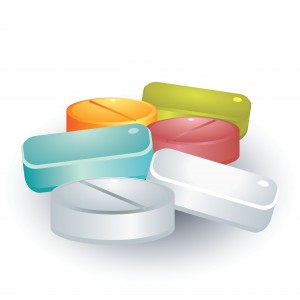Nanotechnology and HIV Drug Therapies
Nanotechnology sounds like science fiction. However, it is very real, and scientists are manipulating matter on an atomic, molecular, and supramolecular scale in order to achieve great things. One prime example is the development of HIV drug therapies. In a research study by the University of Liverpool, they sought to improve how HIV drugs are delivered to patients.
The Problem With HIV Drugs
HIV is a serious disease. It requires powerful medicine in order to combat its effects. Unfortunately, the drugs used to combat the virus need to be taken daily. This can be difficult for many patients. Keeping up with their regimen requires sticking to an intense schedule and remembering to take pills. Some even quit taking the drugs because of how demanding the therapy is.
With Solid Drug Nanoparticle (SDN) technology, scientists hope to improve HIV drugs. HIV patients want better drugs. Theoretically, this technology should make it easier for their bodies to absorb them. If successful, this form of nanotechnology would reduce the number or doses that HIV patients have to take, and possibly save them money.
Making Nanotechnology Applicable
Nanotechnology is still a relatively new field, which means that it is going to take some time to develop. Even worse, this type of medicine isn’t readily available to HIV patients. Currently, the University of Liverpool is developing a novel water dispersible nanotherapy for a poorly soluble antiretroviral medicine called lopinavir. It is still in the testing phase; however, some are hopeful of its success.
Research leader and Pharmacologist Professor Andrew Owen says “The fruits of our interdisciplinary research are beginning to be realized. Our approach has the potential to overcome challenges with current antiretroviral therapy, which include administration of high doses needed to achieve efficacious concentrations in the body, and the urgent need for better formulations for children living with HIV.”

